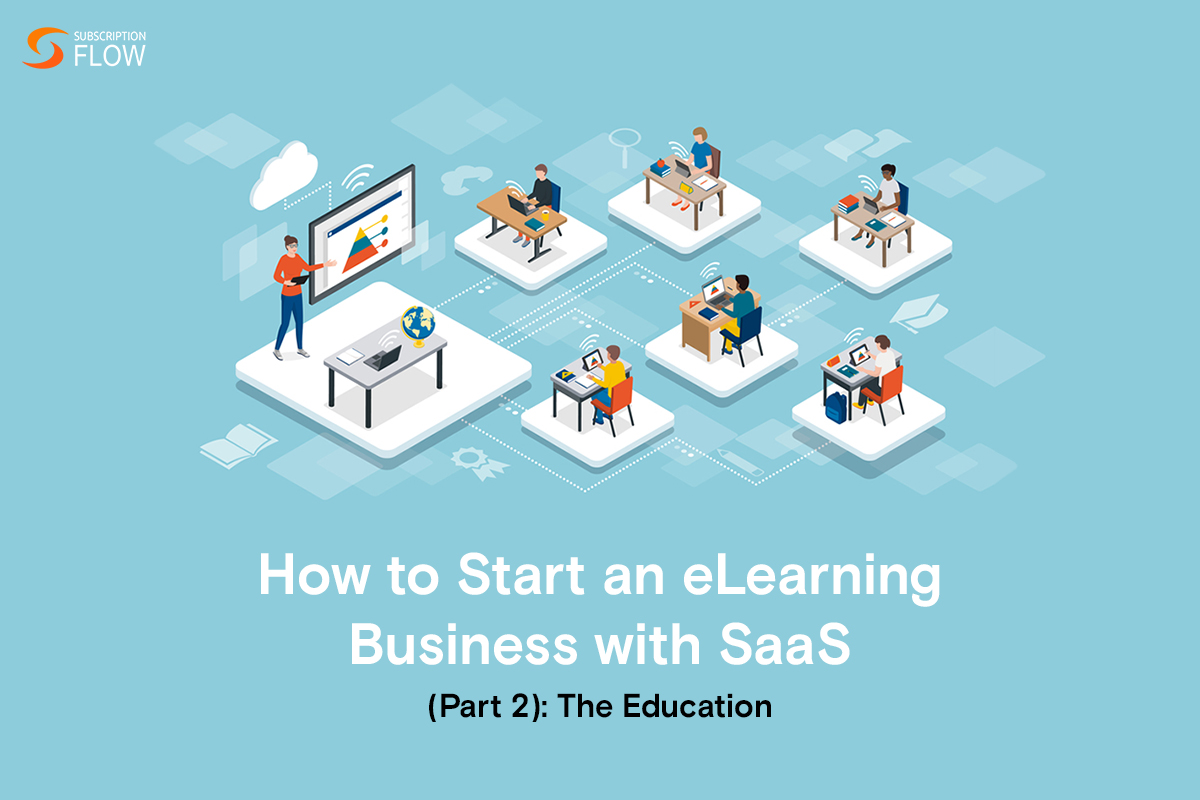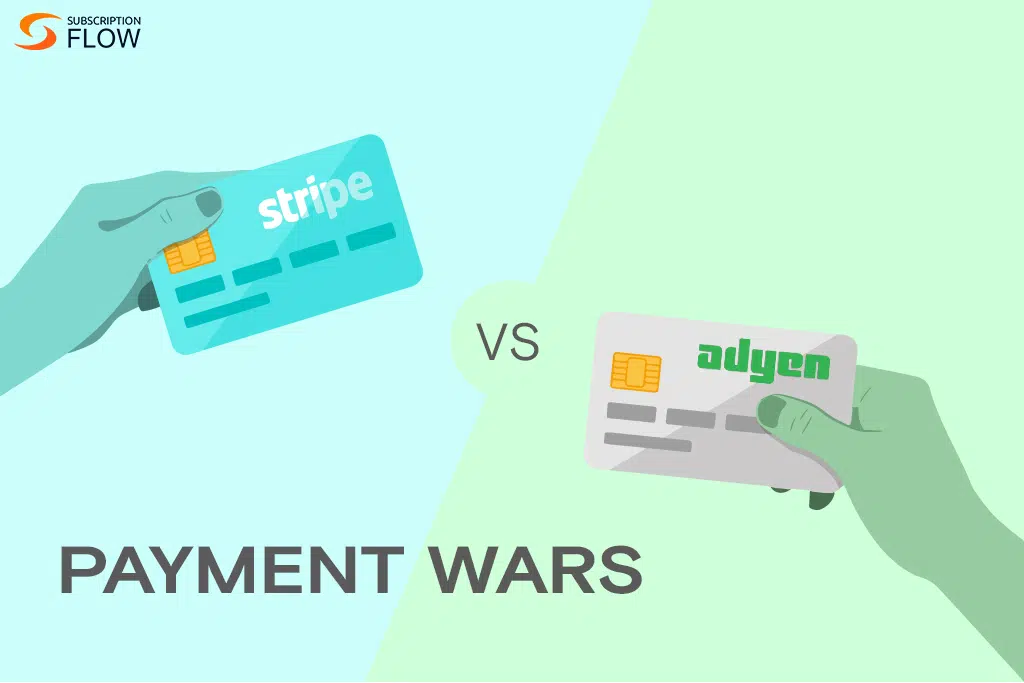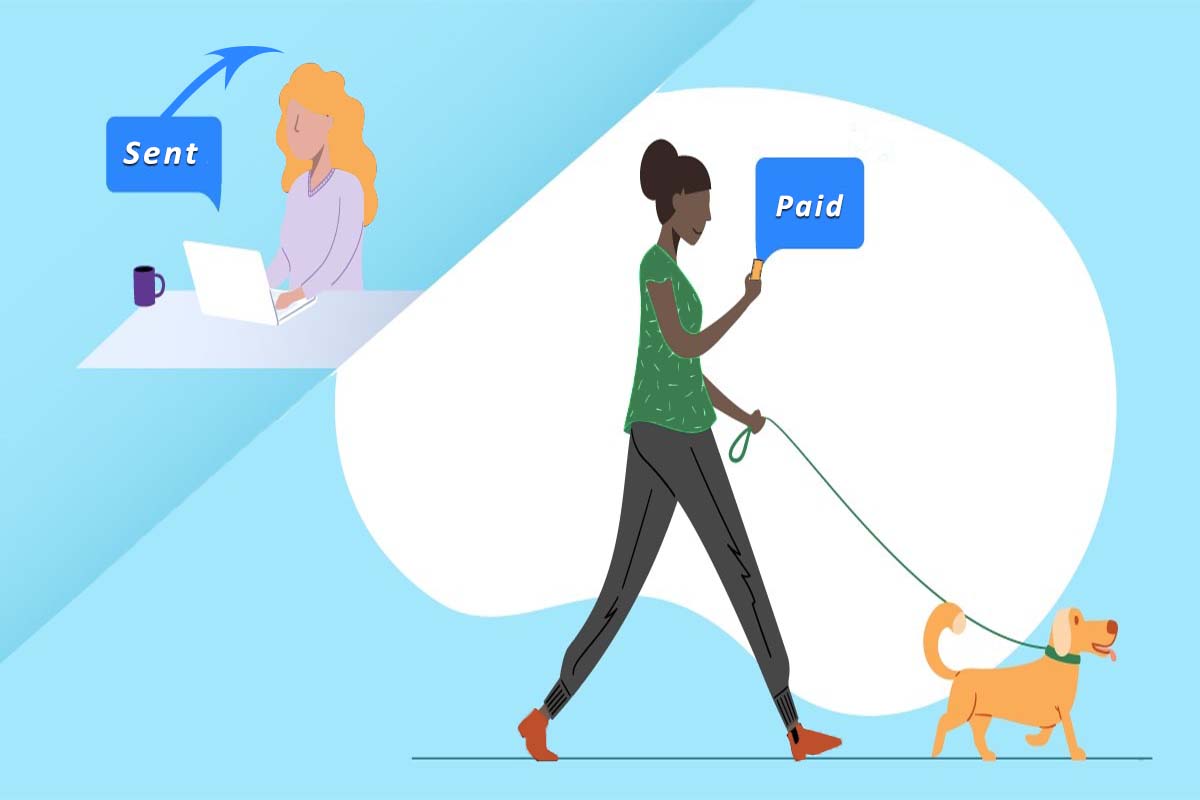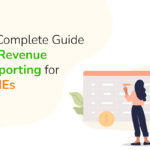
How to Start an eLearning Business with SaaS (Part 2): The Education
For those who’ve read the part 1 of the series as well as those who didn’t, here’s an overview:
Read Part 1: How to Start an eLearning Business with SaaS (Part 1): The Basics
Recap:
- eLearning is defined as online learning.
- eLearning businesses are increasing in numbers and so is their demand
- Primarily intended to spread awareness and education for digital skills, eLearning can be a profitable business venture
- Types of eLearning business models include Synchronous / Night School, Asynchronous / Academy and Combined models.
- The Night School / Synchronous eLearning business model entails a one-time fee charge.
- Academy / Asynchronous eLearning business model entails a recurring fee that is charged monthly
eLearning Business: The Education
Now that we know what eLearning businesses are and how they operate, we can get to focusing on the education.
Obviously, the most important and appealing factor of your eLearning institute will be determined by the content you provide. Which means that you’ll have to focus on providing updated, curated and specific content that is required by your learners.
Moreover, figuring out the curriculum is half the game in addition to which, you’ll have to prioritize structuring. More often than not, having a plan is as important as having a product.
The same principle is followed in an eLearning business with SaaS. Not knowing how you’ll deliver your content or how you’ll segregate or price it can land you in significant troubles.
Here’s an idea of what you’ll have to do in order to get started:
Identify Learners and Their Needs
The first step you need to take is identifying the learners that you’re going to target. Think of this as your audience that you’ll be marketing your business to.
This will include details about the audience’s demography and traits such as interests, hobbies, passions, etc.
You can target certain regions, classes, or even groups of people that are likely to engage with your content.
If you’re not hiring teachers to teach, the idea is to figure out something that you’re already good at.
So, for example, if you’re good at digital marketing, you should offer a course to people looking to learn digital marketing.
This will entail getting in the market and engaging with students to have an overview of the market.
Your research will be paramount in revealing competitors, opportunities and entry points. Moreover, it will also give you an idea of your buyer persona which will improve eventually as you find more learners.
The trick is to offer something that the learners actually value, otherwise, your hard work will be wasted. People are not going to want something that is available for free, even if it’s packed very nicely.
Which means that you’ll have to provide something that actually resonates with contemporary needs of the market.
Read More: How To Segment Your Recurring Customers & Unlock The Door To The Success
Create Curriculum
The next step is to create the curriculum. This will involve heavy research because as discussed above, you need to offer incredible value.
Think of your target audience as judges of your content and more than impressing them, think of how you can make them understand.
Obviously, your eLearning venture will only prove successful if learners are actually understanding the content and gaining knowledge.
The curriculum you offer for any given course will need to be well-defined, segregated and presented in an entertaining manner. Otherwise, you’ll have to present information that is not just highly relevant, but also apparent and important.
For example, you will need to highlight challenges that your audience is likely to face in the practical field.
Keep in mind that most of the audiences you’re targeting aren’t PhD researchers who know everything. But that shouldn’t stop you from offering technical courses that cover expert topics more extensively.
You have to design a structure that delivers a complete journey from the start to the finish, with carefully placed segments in between.
And since with theory comes practice, your course will only be good if there are actionable sections in it. This means you’ll need to figure out a way to assign, collect, assess and organize assignments, quizzes, etc.
In case your eLearning platform doesn’t offer real-time learning experiences, you should still include actionable practical assignments for your learners.
This will prove worthy in establishing a good rapport with future learners who are looking to get some practical experience.
In fact, this is what has set many eLearning institutes apart from the rest. Their initiative to include practice sessions, whether guided or unguided, have resonated with their learners.
Content Structurization
As explained above, the structure of your course is as important as the course curriculum. When and how you present a certain piece of information can matter a lot for a learning experience.
It doesn’t take a lot to understand that teenagers and young adults would appreciate humor and animations in their courses.
This highlights the significance of content structurization that entails segmenting your content into digestible pieces. The best practice for doing this is to look at the material available in the market.
YouTube videos, Udemy, and other eLearning platforms like Vimeo are very good examples of your competitors that you should monitor.
From the content to the way they present it, there’s something to learn at every step.
How to Start an eLearning Business with SaaS?
To do all the above, you need to have a robust AI-based learning management system. The thing about modern LMS and integrated membership management software is that they come with marketing tools.
Apart from their smart analytics, they also provide you a wide range of integrations with accounting and marketing tools like Avalara, HubSpot, etc.
Read More: Reasons Why Businesses Need Subscription Management with HubSpot
This can prove seriously helpful in terms of outreach and establishing yourself in the market as a viable business.
Not only can it help streamline all your subscription lifecycle management operations, but it will also help scale and grow your business. So, how do you start an eLearning business with SaaS?
Contact customizable subscription platform providers like SubscriptionFlow and design a custom LMS for your business.
Read More: Here’s Why SaaS eLearning is Becoming the Norm and Why You Should Consider It









